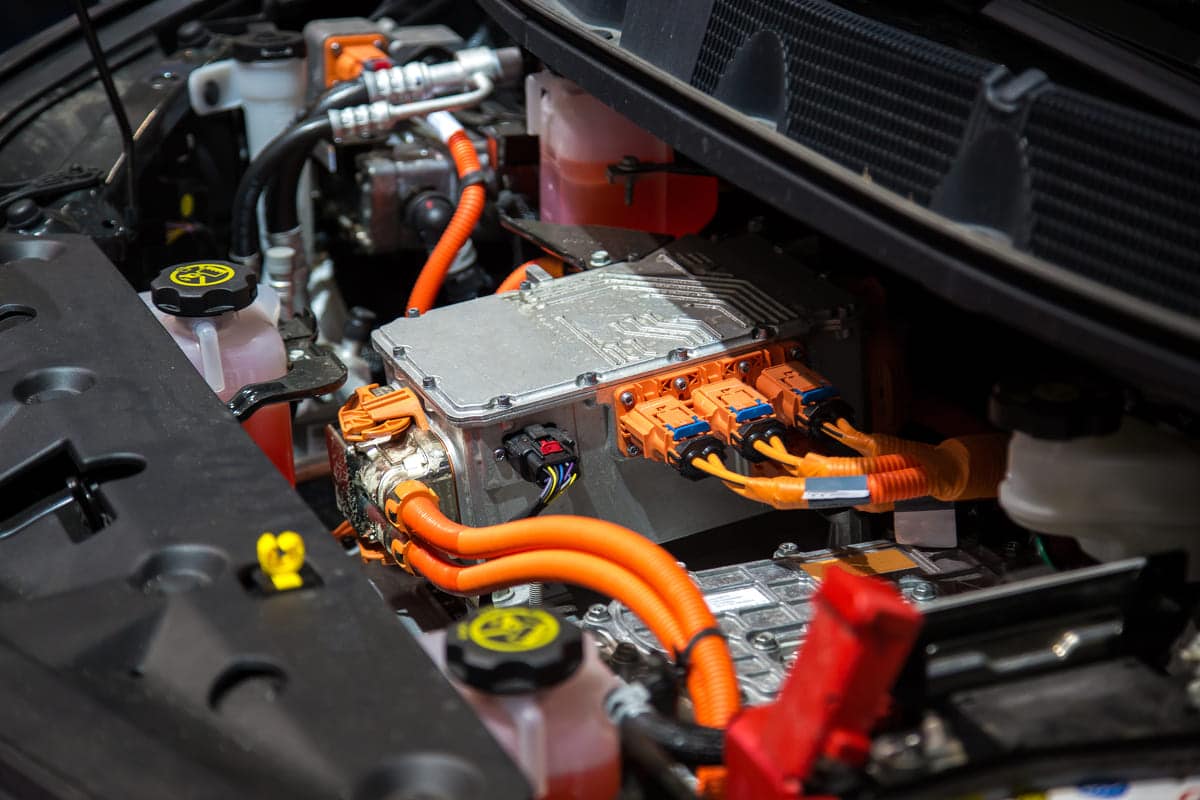These batteries move electric cars. They have many cells that work together to store and release energy. Engineers want to make them cheaper and more efficient to reduce pollution and fossil fuel dependence.
What is an Electric vehicle battery?
Electric vehicle also known as electric vehicle battery pack, EV battery, EV battery pack or traction battery, stores energy to power electric cars. They are rechargeable and have lithium-ion cells just like your smartphone. They are powerful and can last many years. Charging stations fill them up when they run low. Batteries have many cells inside them that work together to store energy.
They are big, heavy and usually under the car. Engineers design these batteries to be safe and efficient. Over time scientists will make them cheaper and longer lasting. Electric vehicle battery allows cars to run without gas, good for the environment.
References
- Electric vehicle battery. Retrieved from
How Does an EV Battery Work?
Electric vehicle (EV) batteries power electric cars by storing and releasing energy. They use lithium ion cells just like your smartphone to provide energy for driving. Let’s break it down with a simple step by step explanation.
Step 1: Charging the Battery
When you plug an EV into a charging station, electricity flows into the battery. This energy fills up the battery cells which act like tiny storage units. Charging stations provide the power to charge these cells and make the battery ready to use. Charging time depends on the station’s speed and battery size.
Step 2: Storing Energy in Cells
Inside the battery many small cells store energy. These cells work together to store energy until needed. Each cell has chemicals that help store energy efficiently. The design ensures energy doesn’t leak. Engineers pack these cells together to increase storage capacity for longer drives.
Step 3: Releasing Energy for Driving
When you drive the battery sends energy to the electric motor. The motor uses this energy to turn the car’s wheels. This happens fast and smooth and the car moves without delay. The battery provides energy until it needs to be recharged and then it provides a steady power supply.
Step 4: Battery Management
An EV has a system to monitor battery health and performance. This system keeps the temperature and energy output optimal. It prevents the battery from overheating or wasting energy and makes it efficient. Engineers want to make batteries last longer, perform better and cost less for the driver.
Through these steps an EV battery powers electric cars efficiently for a cleaner and sustainable transportation.
References
- Electric Vehicle Battery. Intellipaat. Retrieved from
- How EV Works. Webasto. Retrieved from

What are the Different Types of Electric Vehicle Battery?
Electric vehicle (EV) batteries come in different types each with its own features. These batteries power electric cars and vary in efficiency, cost and lifespan.
Lithium-Ion Batteries
Lithium-ion batteries are the most common in EVs. They have high energy density meaning they store a lot of energy for their size. They charge fast and last many years. Engineers are working to make them even better and cheaper.
Nickel-Metal Hydride Batteries
Nickel-metal hydride batteries are used in some hybrid vehicles. They provide good power and have longer lifespan than others. These batteries are more stable but cost more and have lower energy efficiency compared to lithium-ion.
Lead-Acid Batteries
Lead-acid batteries are older and less common in modern EVs. They are cheaper but heavy and have less energy storage. They charge slow. They are used in smaller applications or as secondary power source.
Solid-State Batteries
Solid-state batteries are in development and promises better performance. They use solid electrolytes instead of liquid making them safer and more efficient. If perfected they could offer longer range and faster charging time.
Each type of EV battery has a role in the development of electric vehicles. Understanding these differences helps in choosing the right battery for your needs.
References
- Types of EVs. EVgo. Retrieved from
- Electric Vehicle Battery. Car and Driver. Retrieved from
What are the Characteristics of Electric Car Batteries?
batteries have specific characteristics that defines their performance and suitability for electric vehicles. These traits helps in understanding their efficiency and functionality.
Energy Density
Energy density measures how much energy a battery can store for its size. Higher energy density means the battery can power the car longer without recharging. Engineers are working to increase energy density to improve range.
Lifespan
Lifespan of a battery indicates how long it can power an electric car. Manufacturers design batteries to last many years so they remain efficient over time. Regular maintenance can extend their lifespan.
Charging Speed
Charging speed shows how fast a battery can refill its energy. Faster charging means less time waiting at charging stations. Advances in battery technology is working towards reducing charging time.
Temperature Sensitivity
Temperature sensitivity affects how a battery performs in different weather. Extreme temperatures can impact efficiency and lifespan. Engineers develop systems to manage temperature and maintain optimal battery performance.
Safety Features
features in batteries prevent overheating and short circuits. These includes built-in sensors and cooling systems. Safety features ensures the battery operates reliably and prevents accidents and boosts user confidence.
Now that you know these characteristics, you can choose the right battery for your electric vehicle and enjoy optimal performance.
References
- Electric Car Batteries. Iberdrola. Retrieved from
- How are Electric Vehicle Battery Packs Manufactured?. Digi-Key. Retrieved from
What is the Lifespan of EV Battery Pack?
Electric vehicle (EV) battery packs powers electric cars and has a long lifespan which affects their efficiency and cost.
- Typical Lifespan: An EV battery pack lasts between 8 to 15 years in moderate climate. In colder regions, batteries may last longer as there is less heat strain.
- Cycle Count: Modern lithium-ion batteries can handle thousands of charge cycles, often retains 70-80% capacity after 100,000 to 200,000 miles.
- Factors Affecting Lifespan: Heat, fast charging and high usage can degrade battery health. Manufacturers includes cooling system and recommend moderate charging speed to extend life.
- Warranty and Replacement: Most EVs comes with 8 years or 100,000 miles warranty, reflects the confidence in their durability. Replacing a battery can be expensive but prices are decreasing gradually.
Understanding these aspects helps drivers maintain their EVs and maximize battery life, ensuring a sustainable driving experience.
References
- Electric Vehicle Batteries: Components. Ennovi. Retrieved from https://ennovi.com/electric-vehicle-batteries-components/


